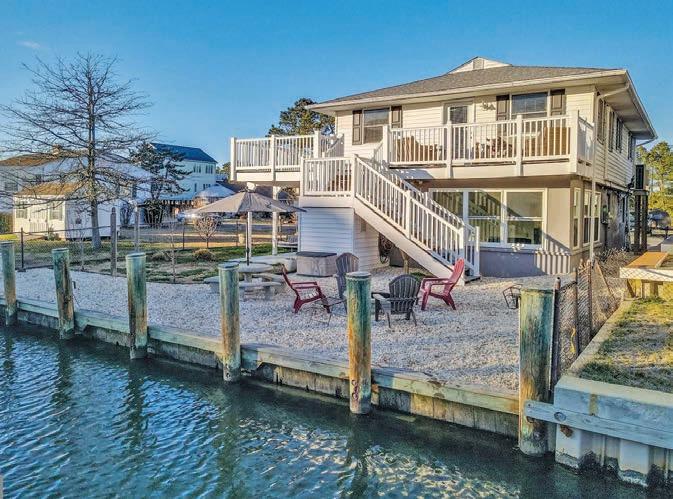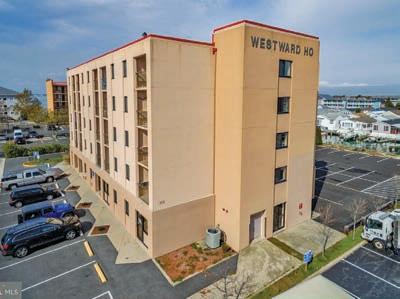
2 minute read
Army Corps of Engineers rep breaks down OC inlet issues
work because the first area that’s to be closed off … is extremely popular to recreational boaters and particularly jet skiers. It’s also a horseshoe crab habitat.”
Furthermore, the hopper dredges that the Corps uses — of which there are two — are in high demand up and down the East Coast and Gulf of Mexico coastline. They’re especially needed in post-hurricane cleanup efforts. While they could certainly be a boon to any further efforts, locking down sufficient time for them to be in the area is hard to guarantee.
“Because of the Assateague Island dredging, the Corps was not budgeting for more dredging in the inlet channel — it wasn’t necessary,” Bierly said. “But in 2013 … we realized we need to start doing some (operations and management) in that channel.
“In 2016, two research labs for the Corps looked at the inlet and (recommended) a sediment budget — how much goes here and how much goes there. Material comes in the inlet and also goes out, of course.”
Bierly said that a net change of around 13,000 cubic yards more incoming from 1995 to 2002 doubled in the period from 2008-2012 before receding back to those levels in 2013.
“In 2004 we started placing at Assateague Island,” Bierly said. “Material generally moves north to south on the East Coast in this part but it can also move in other directions. Material can also come south around the jetty and in.”
He stressed that the evidence the Corps is working with is all circumstantial as it looks to answer the pivotal question — is more dredging needed?
Commissioner Eric Fiori observed that the shoals on the southeast of the Ocean City inlet have “gotten considerably shallower” and span much further to the northeast over the last 10 years. There’s a northeast sector that’s extremely shallow, with breaking waves, that wasn’t an issue five years ago.
“If we’re tracking this sediment of sand we’re pushing up onto Assateague Island, these shoals have been drastically affected both in size and depth,” Fiori said. “I think looking at that would hopefully offer some type of solution to placing the material (somewhere) that we’re maybe causing our own problems as we dredge.”
Bierly said that area was on the “outside reach” of the model the Corps was using but called it an interesting idea that he’d bring back to staff.
“We need to find a common denominator,” Fiori said.
Commissioner Jim Bunting said an oceanographer told him that that spot Fiori mentioned was the first spot they pointed out.
“(Sediment) is in his opinion migrating from there and coming around and coming in,” Bunting said.
Commissioner Joe Mitrecic, tripling down with his colleagues, raised a question of safety concerns in recommending that dredging not stick to the minimum requirements but go “as deep as they can go.”
“Let’s take it to where we can. If it’s 12 (feet), let’s make it 15 (feet). If it’s 15, let’s make it 20,” Mitrecic said.
He brought up incidents along the coast where boaters have been thrown overboard due to shallow waters.
“I’m concerned that’s going to happen here,” he said. “A lot of people head out there on that inlet with their pontoon boats whether or not they should. I’d hate to see us lose someone out there because of the shoaling.”
Bierly said in response to another Mitrecic suggestion that they simply deposit the sediment further down Assateague Island that it may not be fiscally feasible.
But the more noise that people make about the issues, the better.
“There’s no set process necessarily but the more voices you get saying something the easier it is,” Bierly said.
















